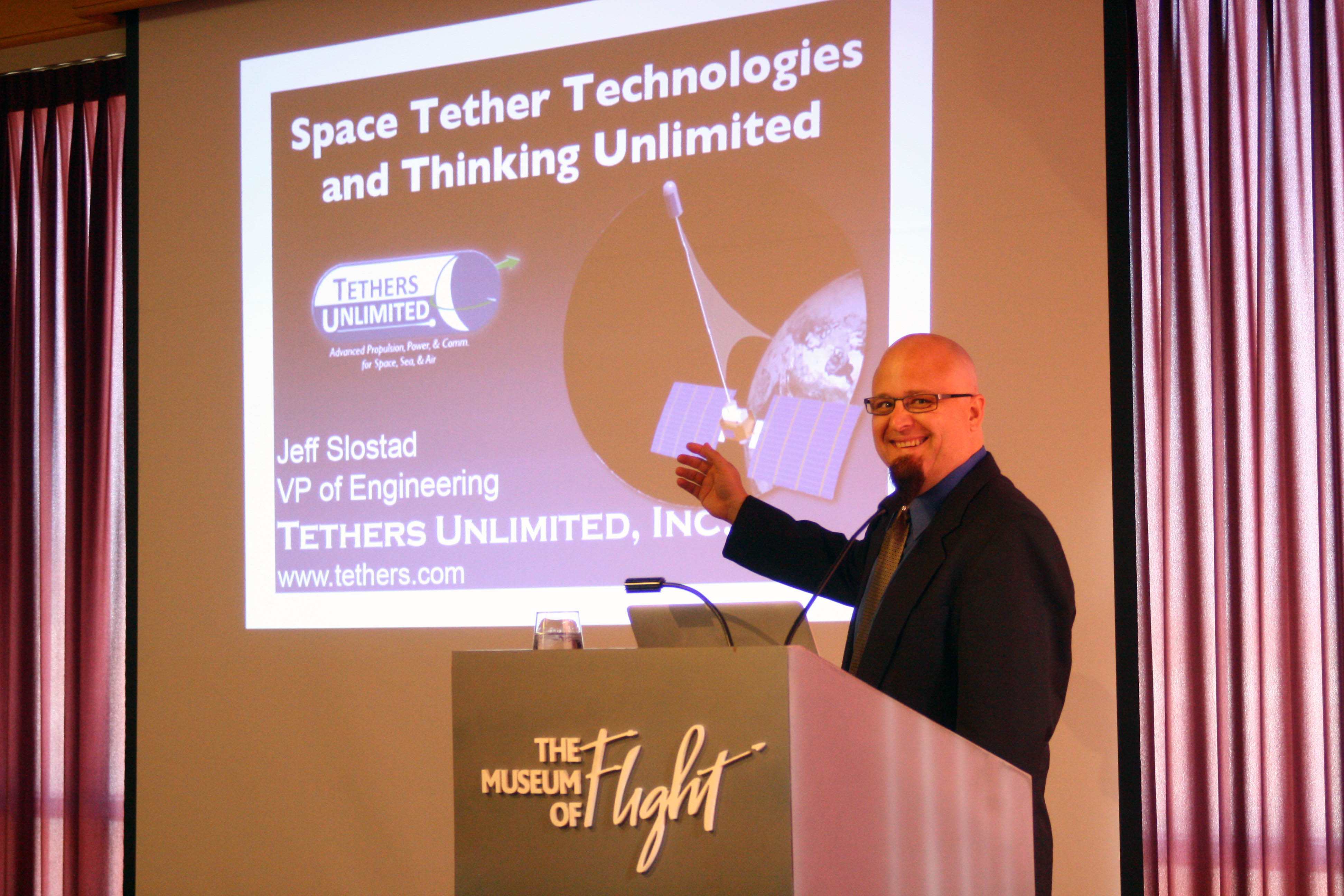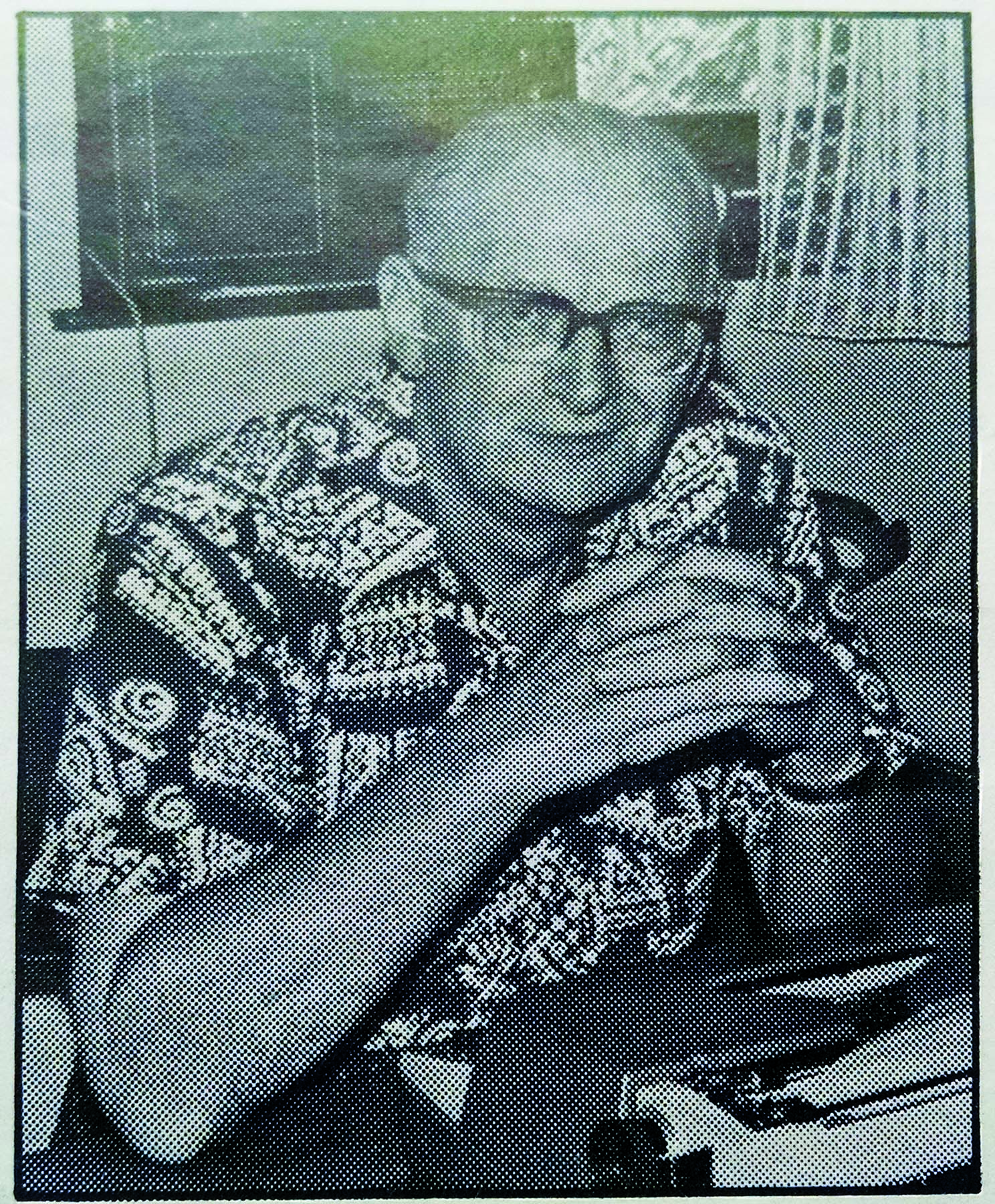 This week’s Weekend Walkabout might be better named “Weekend Flyabout”—one of our stops involves flying between the northern and southern hemispheres via a proposed structure that’s almost a space elevator. And at the center of it all? Dubai – a place much in the news lately. Let’s get started!
This week’s Weekend Walkabout might be better named “Weekend Flyabout”—one of our stops involves flying between the northern and southern hemispheres via a proposed structure that’s almost a space elevator. And at the center of it all? Dubai – a place much in the news lately. Let’s get started!
 Our first stop is in Japan for the International Conference on Space Robotics (iSpaRo’25), being held in Sendai from June 23–25. This is a new platform for scientists and industry experts to discuss advancements in space robotics, including in-orbit servicing, lunar/Mars exploration, and satellite operations. It will feature speakers from academia and industry, fostering collaboration on robotics for space applications. While not explicitly focused on space elevators, the conference’s emphasis on robotic manipulation, autonomous navigation, and lightweight materials closely aligns with climber technology. Japan’s history with space elevator research, via the Japan Space Elevator Association (JSEA), and their ongoing climber competitions makes this conference especially relevant – a great opportunity for some cross-fertilization here.
Our first stop is in Japan for the International Conference on Space Robotics (iSpaRo’25), being held in Sendai from June 23–25. This is a new platform for scientists and industry experts to discuss advancements in space robotics, including in-orbit servicing, lunar/Mars exploration, and satellite operations. It will feature speakers from academia and industry, fostering collaboration on robotics for space applications. While not explicitly focused on space elevators, the conference’s emphasis on robotic manipulation, autonomous navigation, and lightweight materials closely aligns with climber technology. Japan’s history with space elevator research, via the Japan Space Elevator Association (JSEA), and their ongoing climber competitions makes this conference especially relevant – a great opportunity for some cross-fertilization here.
 Our second stop is in the UK, where, during the blog’s hiatus, Jordan William Hughes won a €10,000 prize for his design of the Ascensio Space Elevator. As noted in the BBC report, his futuristic concept earned the prize for space architecture and innovation from the Jacques Rougerie Foundation in Paris. I’m always a little jealous of these gorgeous designs—I’m one of those people who struggles to draw a straight line even with a ruler.
Our second stop is in the UK, where, during the blog’s hiatus, Jordan William Hughes won a €10,000 prize for his design of the Ascensio Space Elevator. As noted in the BBC report, his futuristic concept earned the prize for space architecture and innovation from the Jacques Rougerie Foundation in Paris. I’m always a little jealous of these gorgeous designs—I’m one of those people who struggles to draw a straight line even with a ruler.
And for our last stop: I’ve written before about how a partnership between India and the UAE—especially Dubai—feels like a natural fit for constructing a space elevator. The logic behind such a collaboration is compelling.
But then what? Once they’ve built a space elevator, what’s next? “Ho hum, space elevators are so 2050. What else you got?”
How about this: the Analemma Tower.
This is a proposed concept for a skyscraper suspended from a cable tethered to an asteroid in an eccentric geosynchronous orbit. According to the designers:
 “Analemma can be placed in an eccentric geosynchronous orbit which would allow it to travel between the northern and southern hemispheres on a daily loop. The ground trace for this pendulum tower would be a figure eight, where the tower would move at its slowest speed at the top and bottom of the figure eight allowing the possibility for the tower’s occupants to interface with the planet’s surface at these points. The proposed orbit is calibrated so the slowest part of the towers trajectory occurs over New York City.”
“Analemma can be placed in an eccentric geosynchronous orbit which would allow it to travel between the northern and southern hemispheres on a daily loop. The ground trace for this pendulum tower would be a figure eight, where the tower would move at its slowest speed at the top and bottom of the figure eight allowing the possibility for the tower’s occupants to interface with the planet’s surface at these points. The proposed orbit is calibrated so the slowest part of the towers trajectory occurs over New York City.”
The architects, Clouds AO, suggest constructing the tower in Dubai—fitting, since the city has a reputation for pushing the limits of tall building construction. Fun fact: someone at the top of the Burj Khalifa (the world’s tallest building, also in Dubai) sees daylight for 2–3 minutes longer than someone on the ground. For the Analemma Tower? Try 45 extra minutes of daylight.
The visuals on the Analemma Tower website are stunning—serious eye candy. You’ll find detailed depictions of the orbit, environmental interactions, and the 20,000+ meter structure itself. It’s well worth a visit.
Building something like this? Beyond cool.
And finally, for our Translation Project: Since the languages of this week’s stops already have translations, let’s detour to an unexpected Weekend Walkabout destination—Ancient Rome. Naturally, the concept of a space elevator was unknown to the Romans, so no such phrase existed in classical Latin. But after a bit of research, I found that the idea could be expressed in several different ways, depending on how one chooses to interpret or adapt the words. In the end, I settled on the elegant and succinct Elevātor spatialis—a fitting fusion of ancient structure and modern imagination.
And that’s a wrap for this week!
 Just a quick note to let all my readers know that the June issue of the ISEC Newsletter has just been released.
Just a quick note to let all my readers know that the June issue of the ISEC Newsletter has just been released.

 This week’s Weekend Walkabout might be better named “Weekend Flyabout”—one of our stops involves flying between the northern and southern hemispheres via a proposed structure that’s almost a space elevator. And at the center of it all? Dubai – a place much in the news lately. Let’s get started!
This week’s Weekend Walkabout might be better named “Weekend Flyabout”—one of our stops involves flying between the northern and southern hemispheres via a proposed structure that’s almost a space elevator. And at the center of it all? Dubai – a place much in the news lately. Let’s get started!




 Just a quick update on some blog maintenance and cool finds for space elevator enthusiasts!
Just a quick update on some blog maintenance and cool finds for space elevator enthusiasts!

 I’ve received a few emails (thank you!) from readers who note that I have a whole host of broken links in my sidebar.
I’ve received a few emails (thank you!) from readers who note that I have a whole host of broken links in my sidebar.





 Making the rounds over the past several days has been the BBC Future article
Making the rounds over the past several days has been the BBC Future article  Just a reminder that this is the last week for the 2015 ISEC membership drive!
Just a reminder that this is the last week for the 2015 ISEC membership drive!


 The January, 2015 eNewsletter from the
The January, 2015 eNewsletter from the 
 It’s the holidays, family is in town and there are a few other things going on, so I’m taking a break from blogging.
It’s the holidays, family is in town and there are a few other things going on, so I’m taking a break from blogging. At the previous two
At the previous two 



 I’ve got not one, not two, but THREE projects in the works for this blog.
I’ve got not one, not two, but THREE projects in the works for this blog. The ISEC
The ISEC  This is cool… Reader Chris Hibbert has pointed me to a
This is cool… Reader Chris Hibbert has pointed me to a 
 Many years ago, I started a Translation Project for this site. My idea was to find all of the translations for the English/American term “space elevator” and publish them here on this blog.
Many years ago, I started a Translation Project for this site. My idea was to find all of the translations for the English/American term “space elevator” and publish them here on this blog. Over the years, I have come across several sites around the web which host questions and answers regarding the space elevator. Many of these appear to be essentially fact-free and not worth the time visiting.
Over the years, I have come across several sites around the web which host questions and answers regarding the space elevator. Many of these appear to be essentially fact-free and not worth the time visiting.


 ISEC has announced the
ISEC has announced the 
 I started this blog in April of 2006. At that time, blogging was still fairly new and pretty much state-of-the-art in terms of private individuals being able to opine about a topic on the Internet.
I started this blog in April of 2006. At that time, blogging was still fairly new and pretty much state-of-the-art in terms of private individuals being able to opine about a topic on the Internet. I probably should have done this long ago, but I confess I’m a bit of a dinosaur when it comes to Social Media. But it really is possible to (occasionally) teach an old dog new tricks and I’m happy to oblige.
I probably should have done this long ago, but I confess I’m a bit of a dinosaur when it comes to Social Media. But it really is possible to (occasionally) teach an old dog new tricks and I’m happy to oblige.
 Wikistrat
Wikistrat The American Association for the Advancement of Science (AAAS)
The American Association for the Advancement of Science (AAAS) 
 The October issue of the ISEC eNewsletter has just been released to the ISEC email list. Lots of interesting articles in this edition including a summary of one of the mini-workshops from the 2014 ISEC Space Elevator Conference and a call for help with space elevator simulation tools.
The October issue of the ISEC eNewsletter has just been released to the ISEC email list. Lots of interesting articles in this edition including a summary of one of the mini-workshops from the 2014 ISEC Space Elevator Conference and a call for help with space elevator simulation tools.






 A few days ago, I was able to share the happy news that the Space Elevator Documentary Sky Line had been successfully funded via Kickstarter.
A few days ago, I was able to share the happy news that the Space Elevator Documentary Sky Line had been successfully funded via Kickstarter. Details are very sketchy, but the good folks who ran the previous EUSPEC (European Space Elevator Challenge) have announced a new competition for 2015. From their
Details are very sketchy, but the good folks who ran the previous EUSPEC (European Space Elevator Challenge) have announced a new competition for 2015. From their